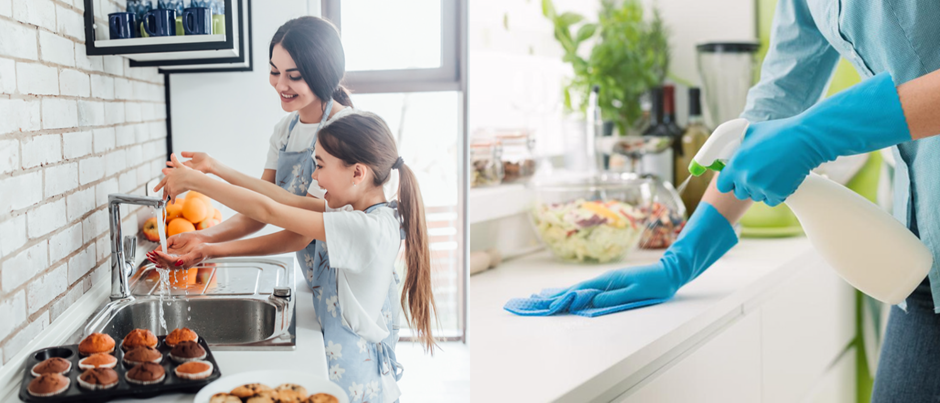While modern households pride themselves on gleaming kitchens and spotless dinnerware, a significant yet overlooked hygiene threat hides in plain sight — the dishwashing sponge. This everyday cleaning tool is, paradoxically, one of the most bacteria-laden items found in domestic settings, frequently harbouring higher microbial loads than toilet seats.
Sponges – A bacterial haven

A study by Cardinale et al. (2017) published in Scientific Reports quantified bacterial density in used kitchen sponges at approximately 630 billion CFU/cm³ — an alarmingly high concentration for a domestic item.
Pathogenic bacteria commonly detected in sponges:
Sponge is a key vector for kitchen-based infections
Using the same sponge for different tasks—like washing dishes and wiping counters—can facilitate cross contamination and spread harmful bacteria. These germs can move between surfaces, utensils, and food, creating health risks. Simply rinsing with hot water or microwaving the sponge doesn’t kill all the bacteria. Some microbes hide in protective layers (biofilm) and can grow back when the sponge gets wet again.

Key reasons why sponges can spread bacteria:
Continued use of contaminated sponges may lead to:
Rethinking “Clean”

An immaculate kitchen appearance can mask microbial threats harboured by everyday cleaning tools.
Biorism remains at the forefront of research and product innovation to tackle these hidden hygiene challenges. Our Sil2U technology enhances surface and textile hygiene by providing long-lasting antimicrobial protection, reducing the need for frequent chemical disinfectants.
By adopting scientifically validated cleaning habits and switching to safer, advanced alternatives, households can significantly reduce bacterial contamination risks. We bring science into everyday hygiene—improving disinfectants, cleaning habits, and product innovation for safer living.
The article is prepared by Biorism Scientist, ChM Dr Shazwani Mubarak (PhD in Material Chemistry).
References: